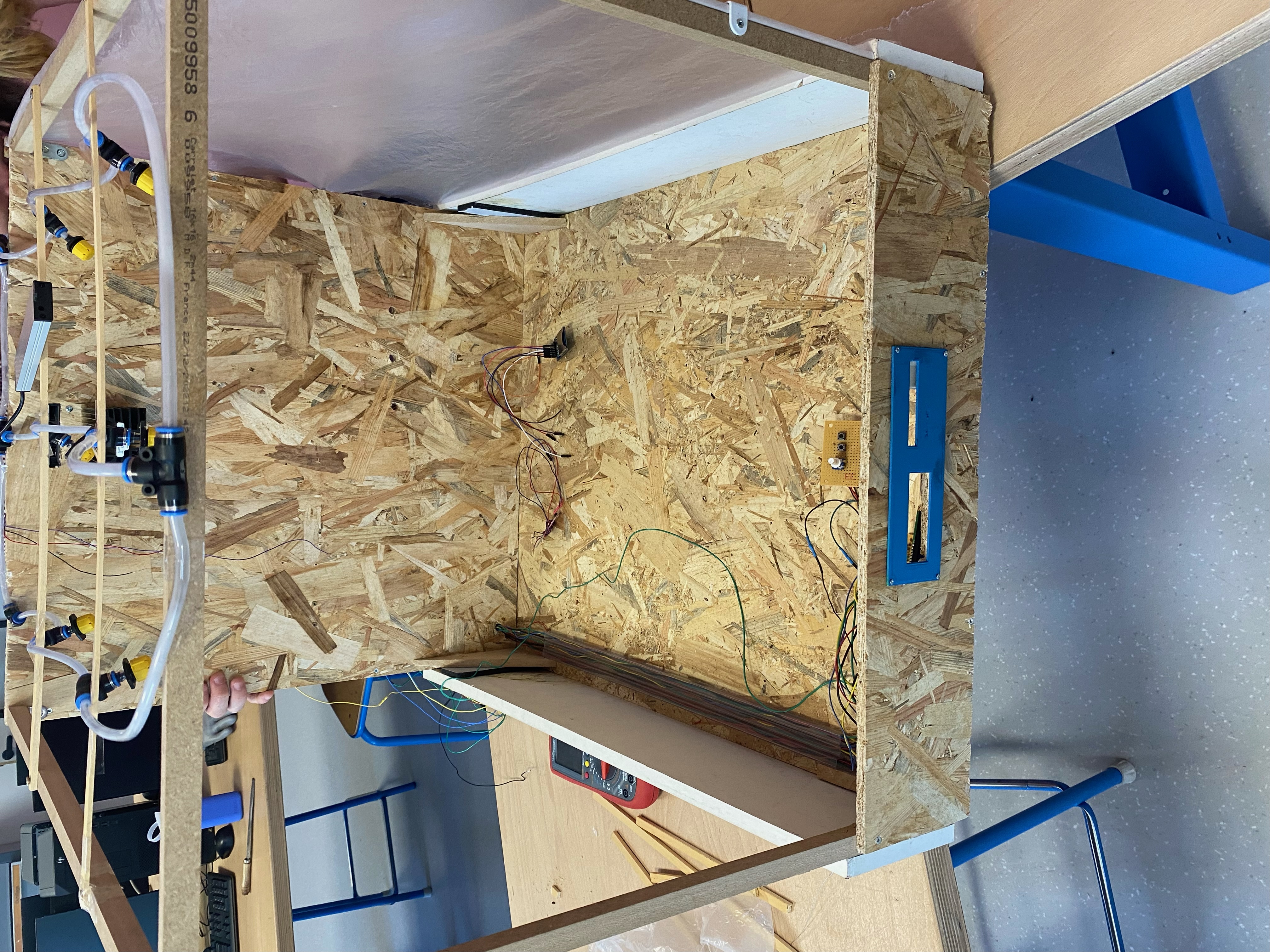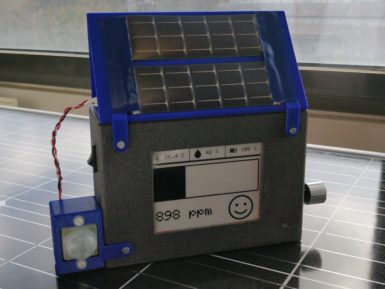
Grove - Temperature & Humidity Sensor (SHT31)
Grove - Temp&Humi Sensor(SHT31) is a highly reliable, accurate, quick response and integrated temperature & humidity sensor.
Overview
The sensor(chip) used in the module is designed with Sensirion’s CMOSens® technology. The chip is well calibrated, linearized and compensated for digital output.
The typical accuracy of this module can be ±2%RH (for relative humidity) and ±0.3°C (for temperature).
This module is compatible with 3.3 Volts and 5 Volts and hence does not require a voltage level shifter. This module communicates using with I2C serial bus and can work up to 1 MHz speed. We also have provided a highly abstracted library to make this product more easier to use.
Using the sensor is easy.
For Seeeduino (compliant with Arduino), just connect this breakout board with the main control board via Grove cable.
Then use the provided library and example/demo code available at GitHub to get your data. If you’re using an Arduino without a Base Shield, simply connect the VIN pin to the 5V voltage pin, GND to ground, SCL to I2C Clock (Analog 5) and SDA to I2C Data (Analog 4).
Features:
- Highly reliable, accurate and quick response time
- Grove compatible and easy to use
- Well calibrated, linearized, compensated for digital output
- Highly abstracted development library
Get Inspired

Just a simple and enjoyable autonomous greenhouse

Humans are animals and like all animals, we evolved in mostly outdoor conditions where the air is nice and fresh. But modern society keeps most of us indoors the vast majority of the time, which could have negative health effects. There are many potential hazards, including a lack of sunlight and psychological effects, but CO2 may pose a more tangible risk. To keep tabs on that risk within classrooms, a team from Polytech Sorbonne built this small CO2 monitor. This CO2 monitor performs two functions: it shows anyone nearby the CO2 levels in the area and it uploads that data over LoRaWAN to a central hub that can track the levels across many locations. A school could, for example, put one of these CO2 monitors in every classroom. An administrator could then see the CO2 levels in every room in real time, along with historical records. That would alert them to immediate dangers and to long term trends. At the heart of this CO2 monitor is an Arduino MKR WAN 1310 development board, which has built-in LoRa® connectivity. It uses a Seeed Studio Grove CO2, temperature, and humidity sensor to monitor local conditions. To keep power consumption to a minimum, the data displays on an e-ink screen and an Adafruit TPL5110 timer only wakes the device up every ten minutes for an update. Power comes from a lithium-ion battery pack, with a DFRobot solar charger topping up the juice. It uploads data through The Things Network to a PlatformIO web interface. An Edge Impulse machine learning model detects anomalies, so it can sound a warning even if nobody is watching. The enclosure is 3D-printable.









